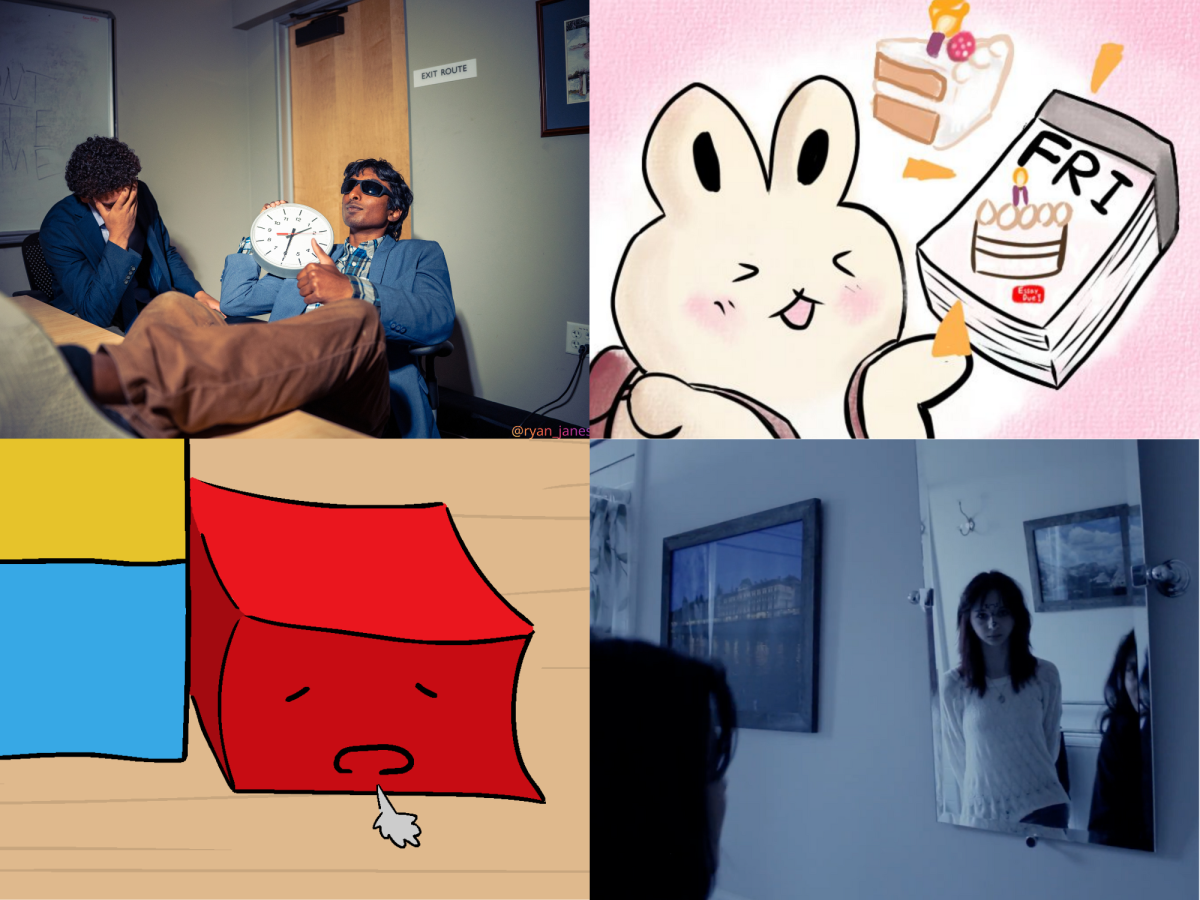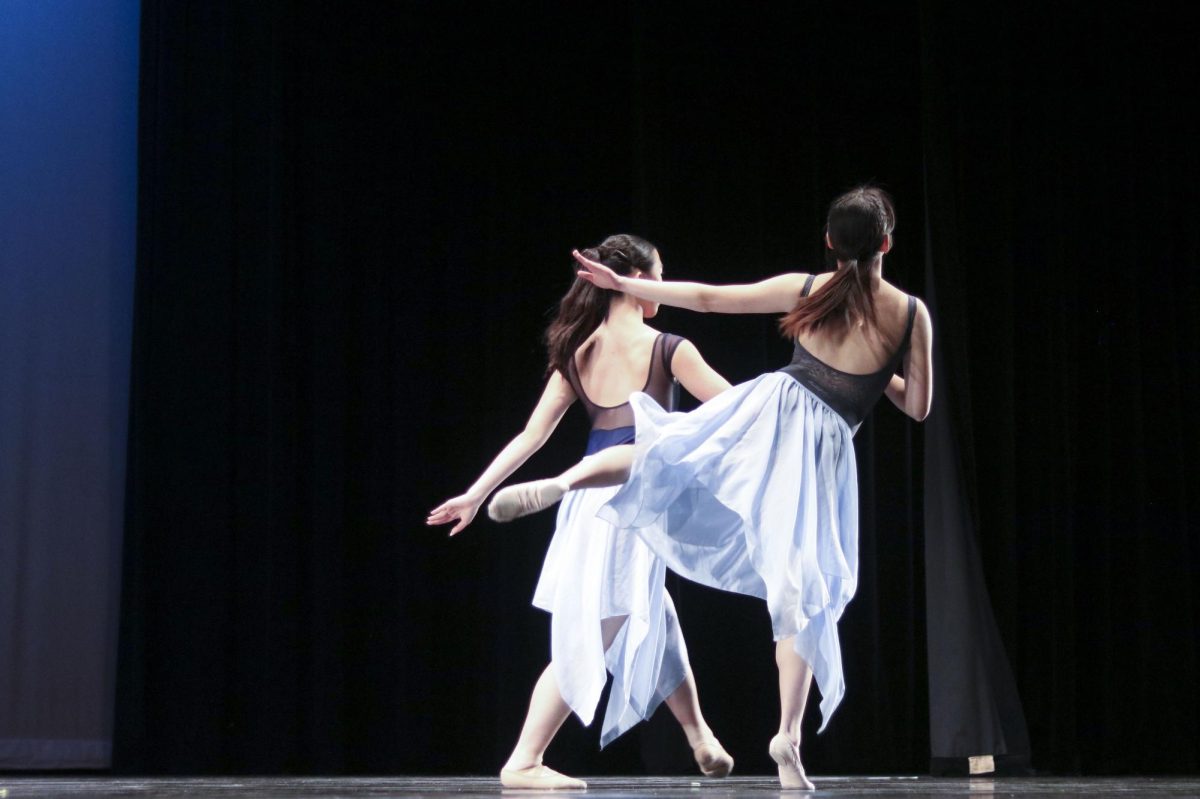Warning: Spoilers
4.5/5 stars
It’s a wonder that Sir Arthur Conan Doyle’s stories and characters have managed to survive this long. There have been so many adaptations that it seems impossible to deliver a unique twist to the story, although some have pulled it off. “Elementary,” featuring a female Watson, for one, or “House,” which also showcases a reworking of Sherlock Holmes as a doctor with deductive diagnoses.
BBC One’s “Sherlock,” however, has garnered the most intrigue and excitement recently. Set in contemporary London, “Sherlock” is updated to modern times without seeming overdone, incorporating today’s use of high-tech smartphones, computers and intel. Each season is made up of three 90-minute episodes. Until recently, the show had been on a long hiatus.
However, the game is (back) on.
“Sherlock” has just returned for its third season after a two-year break, a period in which fans were left anxious (and a little bit hysterical) after the season two cliffhanger that saw Sherlock (Benedict Cumberbatch) throws himself off the roof of Bart’s hospital. Faithful John Watson (Martin Freeman) was not the only one left dumbstruck at the end of the season, but the audience, at least, had the reassuring knowledge that Sherlock had survived the plunge. Somehow. For, of course, there couldn’t be a third season without him. The question we were all left wondering, then, was how did he possibly survive?
The answer is presented to us (seemingly) right away in the first five minutes of the season premiere, “The Empty Hearse,” which aired on Sunday, January 19. The episode launches into an action-packed explanation, featuring Sherlock strapped to a bungee cord and crashing through a window, only to passionately embrace Molly Hooper (Louise Brealey), who helped him disguise a corpse as Sherlock. The whole thing is so unbelievable and fast-paced, with so many different motifs flying by that the viewer is left wondering whether they just imagined the whole thing or yes, it actually happened.
As it turns out, it didn’t.
Co-creators and writers, Mark Gatiss and Steven Moffat (Doctor Who) get the episode off to an electrifying start by appealing to the “Sherlock” fanbase. The two-year wait gave fans a long time to come up with different theories for how Sherlock faked his death and the episode seems to pay tribute to this. The window-crashing, bungee-cord jumping, Molly-kissing Sherlock, as it happens, is just one of the many theories that guilt-driven Anderson (Jonathan Aris) comes up with. The episode goes on to feature two other theories of Sherlock’s survival. It’s somewhat unclear which theory is the true one, if any.
The episode, overall, is well done and worth the wait; the poignant reunion between Sherlock and our dear Watson is among the most gratifying scenes in the episode. A perfect combination of drama and dark humor, the pair’s reunion is both funny and heart-wrenching. Freeman shows off his acting prowess as his character fights between utter relief at seeing his friend alive and hideous fury at being left in the dark for two years. Cumberbatch, in turn, matches him with comic relief (with a horribly entertaining French accent) that morphs into genuine remorse. The duo’s relationship is put to the ultimate test in this episode as John gets in a few blows (as well as a little bit of strangling), and Sherlock must come to terms with his new role in John’s life, as Mary, John’s fiance (Amanda Abbington), has taken his place at John’s side.
“The Empty Hearse,” in comparison to past episodes, is light on the crime-chasing and mystery-solving, focusing more on Sherlock’s return and his reunion with John. Season one and two of “Sherlock” focus more on the cases that Sherlock solves, but season three is focusing more on plot and character development than on mystery. Indeed, Sherlock seems to be struggling with the emotional detachment that he was so infamous for in the earlier episodes. Moffat and Gatiss attribute this change in the series to their intentions for “Sherlock” to be less of a detective show, but rather a show about a detective.
The season’s second episode, “The Sign of Three,” which aired Sunday, January 26, takes this development further as Sherlock attends John’s wedding as his best man. There are a few sentimental moments throughout (that contribute to some serious character insight) but the episode ultimately remains exciting and attention-grabbing as Sherlock solves two crimes while delivering a somewhat sinuous best man’s speech that swtichsd drastically between being heart-felt and outright painful to watch.
The first two episodes, overall, seem to be geared towards Sherlock and John’s relationship more than anything (and how Mary fits into all of this), and are part of the lead up to episode three, “His Last Vow,” which aired Sunday, February 2.
“His Last Vow” proves to be one of the most clever and adrenaline-pumping episodes yet. With twists and turns at every corner, some truly shocking revelations take the duo on an emotional rollercoaster, accentuated by an unorthodox, yet chillingly frightening villain, Charles Augustus Magnussen (Lars Mikkelsen). In typical Gatiss and Moffat fashion, the season was concluded with yet another mystifying cliffhanger.
“The game is never over,” as Sherlock tells John and fans everywhere as they begin hunkering down for another year-long wait.








Lyndon | Sep 12, 2014 at 11:09 pm
Excellent way of explaining, and nice paragraph to
obtain information concerning my presentation subject, which i
am going to deliver in school.
My website :: Halloween costumes (Lyndon)